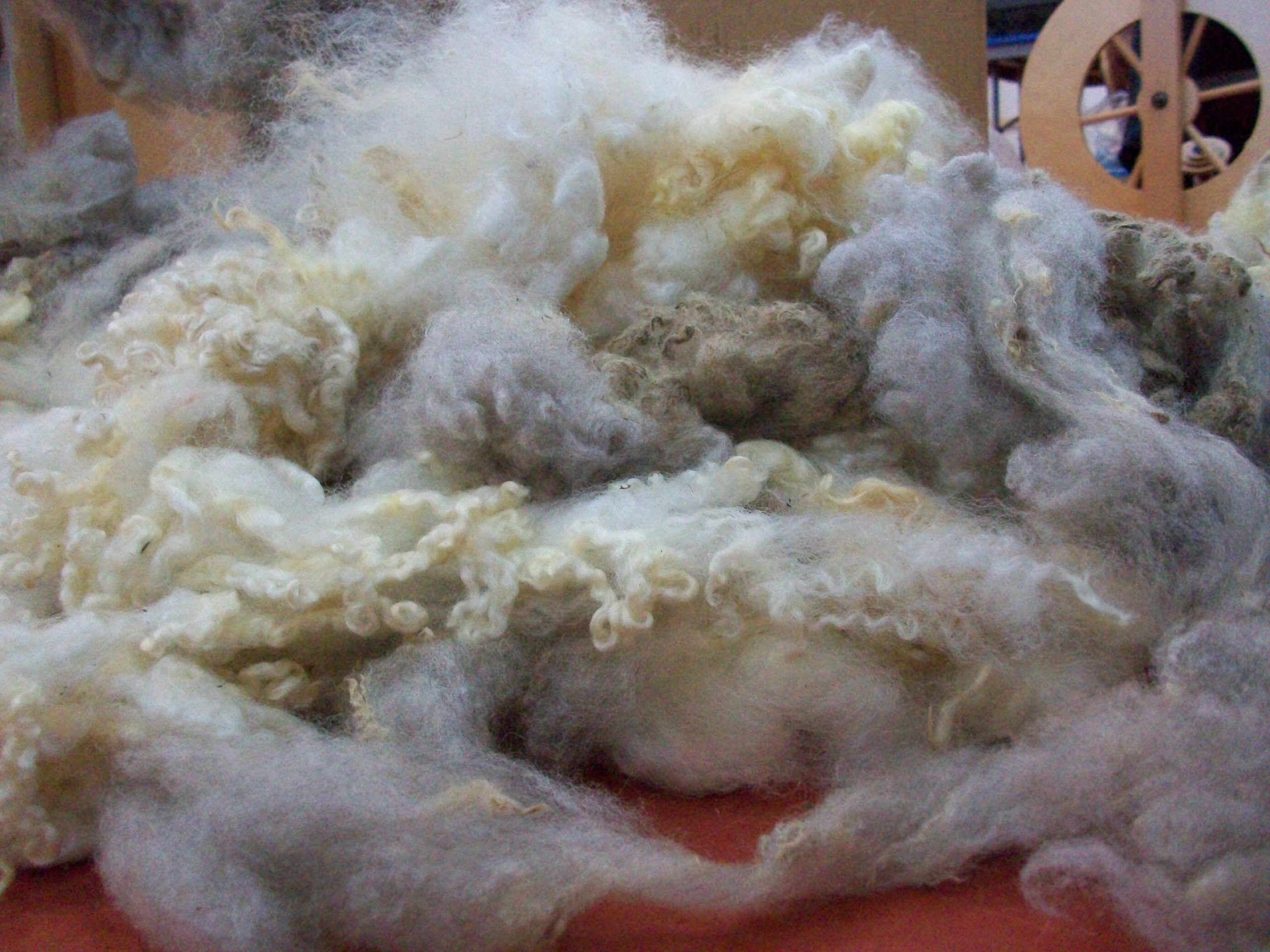
11 Mar From Sheep to Shawl and Back Again: My Interview with Martha Owen
I stopped by the Yarn Circle on a Monday afternoon to speak with Martha Owen, our beloved longtime Resident Artist in Spinning, Knitting, Dyeing and Felt Making. We talked about many things including fiber arts, raising sheep, travel, artistic process, Fair Isle, her rich history with the Folk School, and more. Enjoy our interview!
CP: How did you become involved with the Folk School?
MO: There was one year when I was a wee lass that I came to Little Folk School. I must have been 8, 9, or 10. I grew up in Pennsylvania, but my mother, Mary Porter Fain Owen came from Murphy. I would spend the summers here with my grandmother. At that time there was only one group of kids in Little Folk School. I learned to dance and I still sing the song I learned.
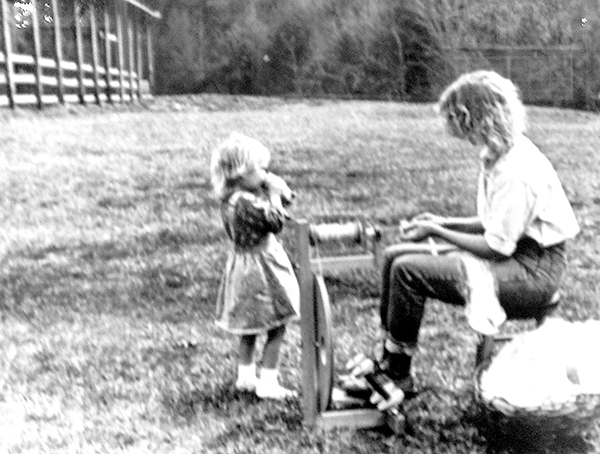
Photo shoot for Early American Life Magazine: Spinning near Festival Barn, August 1988 – That’s Emolyn drinking a “grape coke” and trying to be good
The next time, I was in college and I came for dancing again. I was doing volunteer work with a local church and we came to the dance one night. One summer my mother gave me a spinning wheel she had gotten from my great aunt and said: “Look! You always did like weird stuff.” She put the wheel down in front of me walked off and I thought “Well, I don’t know how to work with this thing.” My grandmother was reading the Cherokee Scout and saw an ad that the Campbell Folk School had a two-week class in Spinning and Dyeing. She said “Why don’t you go down and learn?” I said “Well, maybe I will.”
The full craft program that we have now had started in the ’70s. The class was taught in Open House by Pam Strawn. We would card and spin and then do a dye pot when we had a pound of yarn between all of us. From that I made my first vest and I wore it for years to prove to my students that you should make something for any yarn you spin, you don’t have to wait until you spin “perfect” yarn.
My whole life turned left after taking that spinning class. That was 1978. I married my enabler, David Liden in 1979, and I had sheep by 1980.
CP: Tell me about your first sheep.
MO: I bought two ewes with lambs by their sides. One of the lambs was called “Maw Maw” and was the same age as my oldest daughter, Annie Fain. Maw Maw’s portrait is hanging in our house. She was a pretty important sheep and I learned a lot of things from her. She lived to be 17.
CP: Do you have tips for beginning sheep owners?
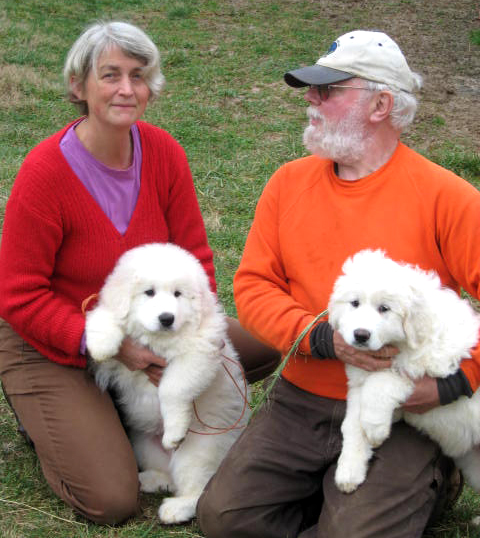
Ro-bear and Julliet, our current Great Pyrenees dogs – they weigh at least 125 pounds each now and live with the sheep (Oh, and Martha and David!) – Photo by Charlotte Crittenden
MO: Now I have 35 sheep, but you’ve got to start small. Sheep reproduce quickly. While you are learning about things like housing, worming, and hoof trimming, etc, the fewer sheep the better. Security is also top priority. Sheep don’t have a way to protect themselves besides snorting, stomping, and running away which is very attractive to dogs. The biggest problems you have are neighbors’ dogs and strays. Try security animals like llamas, donkeys, or Great Pyrenees. I have two Great Pyrenees right now. I haven’t had any predator problems since they have been here. We are on our fourth generation. A border collie’s job is the tell the sheep what to do, but the Pyrenees protect the sheep. They live with the sheep.
CP: As a current resident artist, one of your duties is to schedule teachers for the knitting, dyeing, felt making and spinning classes at the Folk School. How do you find them?
MO: Every possible way you can think of. We need someone who is passionate about what they do, someone who has done their craft a lot, but is a good teacher. I am always looking around and listening.
CP: Coming up, you’ve scheduled Elizabeth Johnson to teach Fair Isle for Handspinners. Can you tell us a little bit about Elizabeth and the Fair Isle knitting style?
MO: Elizabeth is from Shetland, and I met her on a wool tour there in 1995. This is Elizabeth’s 5th visit.
Fair Isle is an island in the Shetland group of islands north of Scotland. The method of stranded knitting, has become known as “Fair Isle” as a style, even though it is not only done on that island. You take a graphed pattern or picture and you knit it using only two colors per row. Knitters in Norway (which Fair Isle was part of until 1500), Sweden, Peru, and Russia are all doing what is now known as “Fair Isle” even though as a technique, it is really all stranded knitting. The ethnicity has to do with the pattern, and what is typical of Fair Isle is big motifs. Fair Isle knitting is done circularly and is then cut open, which is very shocking to many beginning knitters.
The islanders began by knitting socks for sale then transitioned to shawls, after the sock market died. They gave a lace shawl to Queen Victoria and she loved it very much which created a fad at the time. There was also a market for colorful hats which were traded with dutch fisherman and others as they sailed by Fair Isle.
In the early 1920s, the Prince of Wales (Edward VIII) had his portrait made wearing a Fair Isle sweater given from the knitters of Fair Isle. Then the world went wild for Fair Isle knitting! In its heyday, Fair Isle had something like 360 people, so its would be like calling up Brasstown and asking for 500,000 hand carved squirrels! They called over to mainland Shetland to help with the work flow, and much of it was done there. Eventually other cultures picked it up. In the world of Knitting, if you don’t want folks to copy what you are knitting you have to stay in the closet. Maybe that is how knitting named “Fair Isle” stuck as the name for the style of stranded knitting.
CP: Several of your classes, such as From Sheep to Shawl and From Sheep Comes Yarn, emphasize learning to spin all the way from the sheep’s fleece to the finished product. Why is having a hand in all these processes important to you?
MO: I have had a very serendipitous life, everything kind of just evolved. When I learned to spin I was already a knitter. I learned to design knit wear because now I was making yarn and you couldn’t find a pattern for “Martha’s First-Spun Yarn.” Everything is link in the chain. I make yarn, so I design knitwear. Since I design, I want to add color, so I have a dye pot. If I want a certain texture, I raise the right sheep or spin the yarn a certain way. It’s all linked together and some days it is exhausting, because some of it is heavy work. But I find it continually interesting to create a dye pot and then take a break from that the go chase sheep, and then stop to go to work on the spinning wheel and make an individual yarn. It never gets gets too dull or repetitive.
CP: What is your favorite thing about teaching classes at the Folk School?
MO: People are coming to the school because they want to. It creates a really different atmosphere than a “have to” program with grades. We have dedicated studios and people who are looking after them (and world class food), you don’t get that everywhere. There are always many kinds of classes per week and ideas cross between studios. We try to design a variety of classes for a different levels. Many classes are for all skill levels – you can repeat classes and still learn new things each time.
In traditional culture you are not taught – you watch and learn. All my kids knew how to spin because they watched me from the little carry chair. I learned to knit by looking over my best-friend’s mother’s shoulder. I was probably around 12. Personally I wasn’t a great student and found it impossible to try and learn things with written words. I had to go and watch. That’s a great thing about the Folk School. You are coming to see somebody do something, which is much different that reading about it or watching it on YouTube. Nothing compares to meeting instructors face to face and being able to talk to them and ask questions.
As adults who are trying something new, you have to be really patient with yourself. Have a more inquisitive feeling about it instead of a goal. It’s about the steps instead of about the product in a spinning class.
CP: What do you like to do when you travel outside of Brasstown?
MO: I never imagined I would travel as much as I do. I’m happy where I am, it’s not about that. I never want to live anywhere else but here. In 1995, I went with Marge Warren who was leading a wool tour to Scotland. My family encouraged me to go.
Your first trip hits you very hard. I was scared to fly on an airplane before I left, but by the end I had been on planes, ferries, trains – it was a life changing experience. We traveled across Scotland, up to Shetland, and the Outer Hebrides. That led to some other adventures with my family, including tracing the footsteps of the Vikings, who are very related to some of the people of Britain.
I am also really attracted parts of the world because I don’t have to explain what I do. They still have sheep, they still remember people spinning, people still knit, they still wear wool. I like going to a place where people had to have sheep to survive – it’s just part of life.
When I first took Folk School catalogs to Scotland the response was “Why would anyone ever need this?” Survival and what we now think of as crafts are too close in memory. They saw how hard their grannies worked and they didn’t want to do that. Here we learn the “art” of craft, which is a luxury.
But now 20 years later I bump into people who say, “Hey, we really need a Folk School.” The craft traditions are disappearing from certain areas. If you go to the North Sea where drilling fortunes are made, instead of learning how to play the fiddle and spin and to knit, folks are working in the service industry. The older people are starting to say “Hey! My grandchild doesn’t know how to does this!” It’s true of this country too.
When I got sheep, I thought my father was going to tie me in a tree until I gained some sense. He did not want me to farm. I just persisted with raising sheep, and other things like having a garden, canning, cooking, spinning, dyeing, and knitting. But I remember him eating something that was a recipe of his mothers and saying “Wow how did you become such a good cook?” You just persist. That’s the advice I give to young people. If you love something, no matter how weird, and it calls to your heart, persist and they, whoever they are, will eventually change what they say about you – She wants to do what? changes to Well, she always wanted to do that!
———————————————————————————————
Martha’s Upcoming Classes:
Dyeing for Spinning co-taught with Elizabeth Johnston
(March 21-23)
Fair Isle for Handspinners co-taught with Elizabeth Johnston
(Scandinavian Heritage Week: March 23-29)
Fair Isle Knitting: Starting with Color
(Scottish Heritage Week: Aug. 31-Sept. 6 )
From Sheep Comes Yarn (Oct. 5-11)




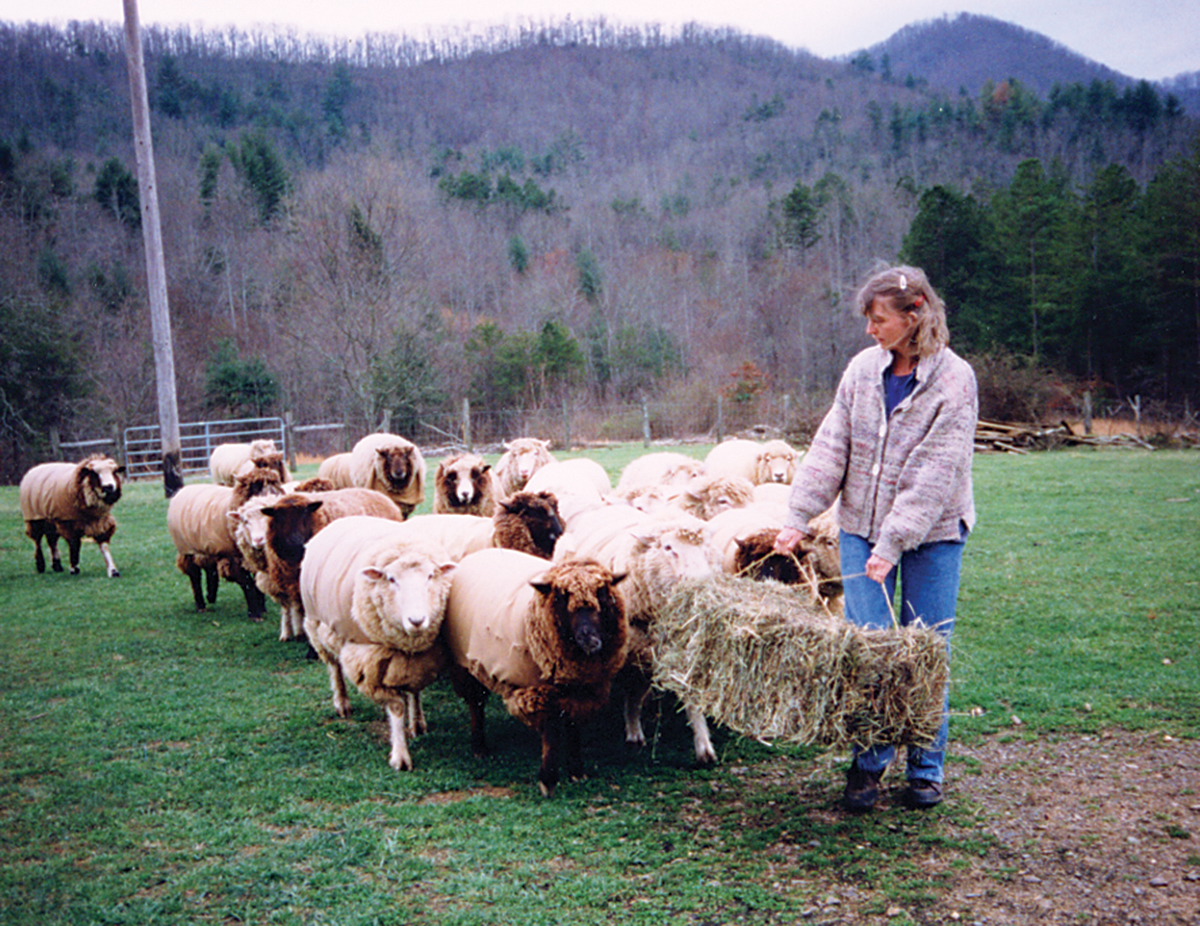
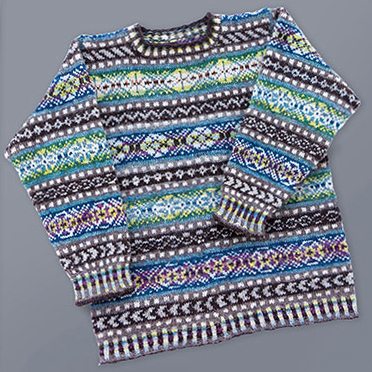
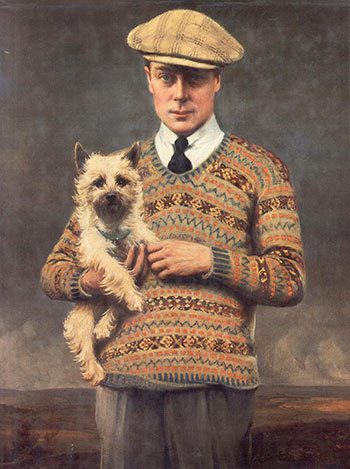
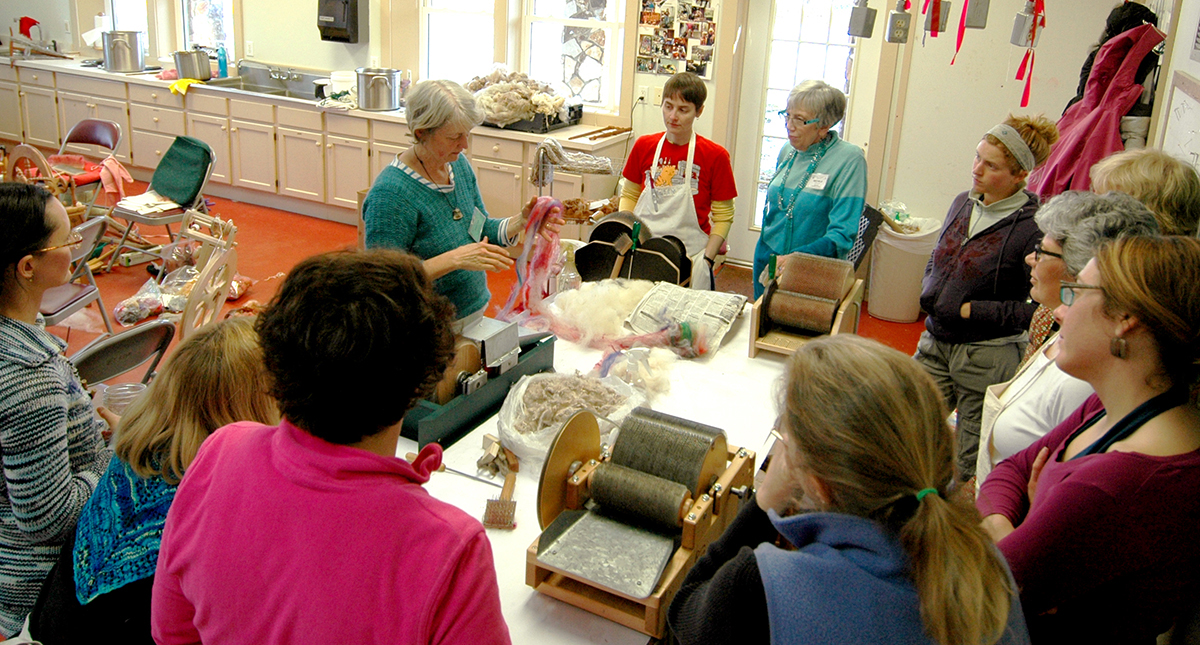
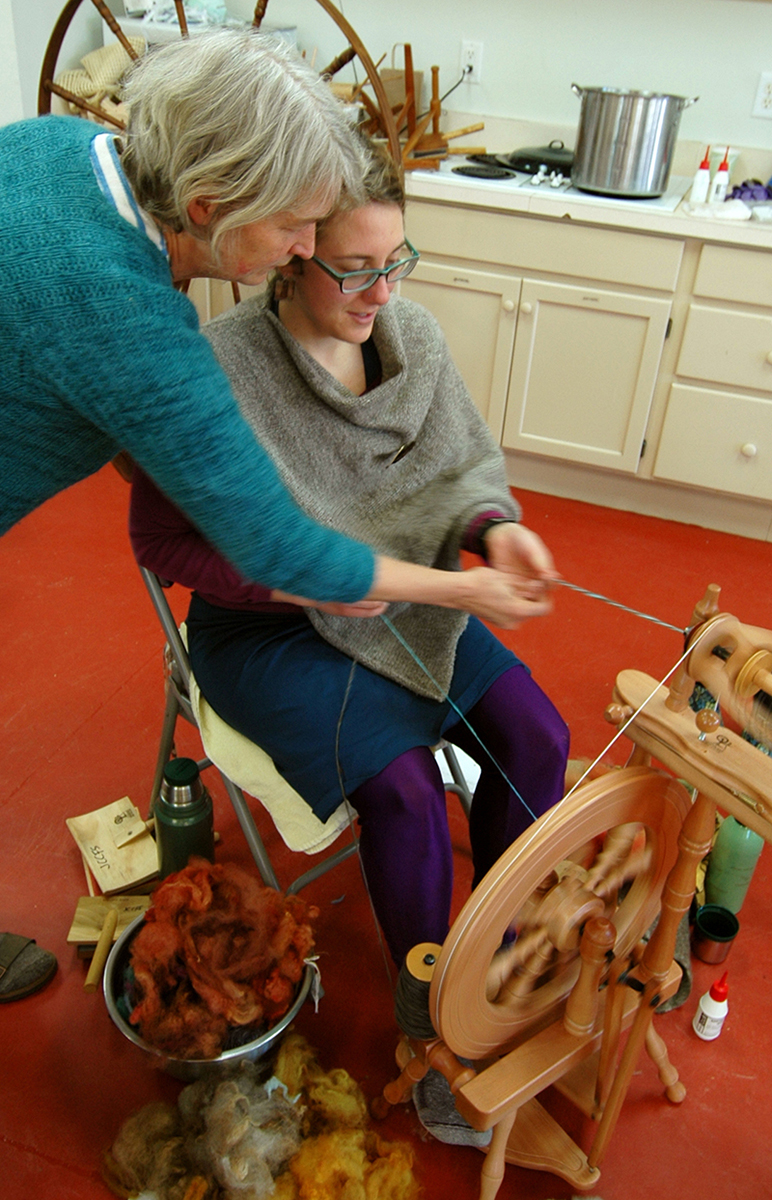
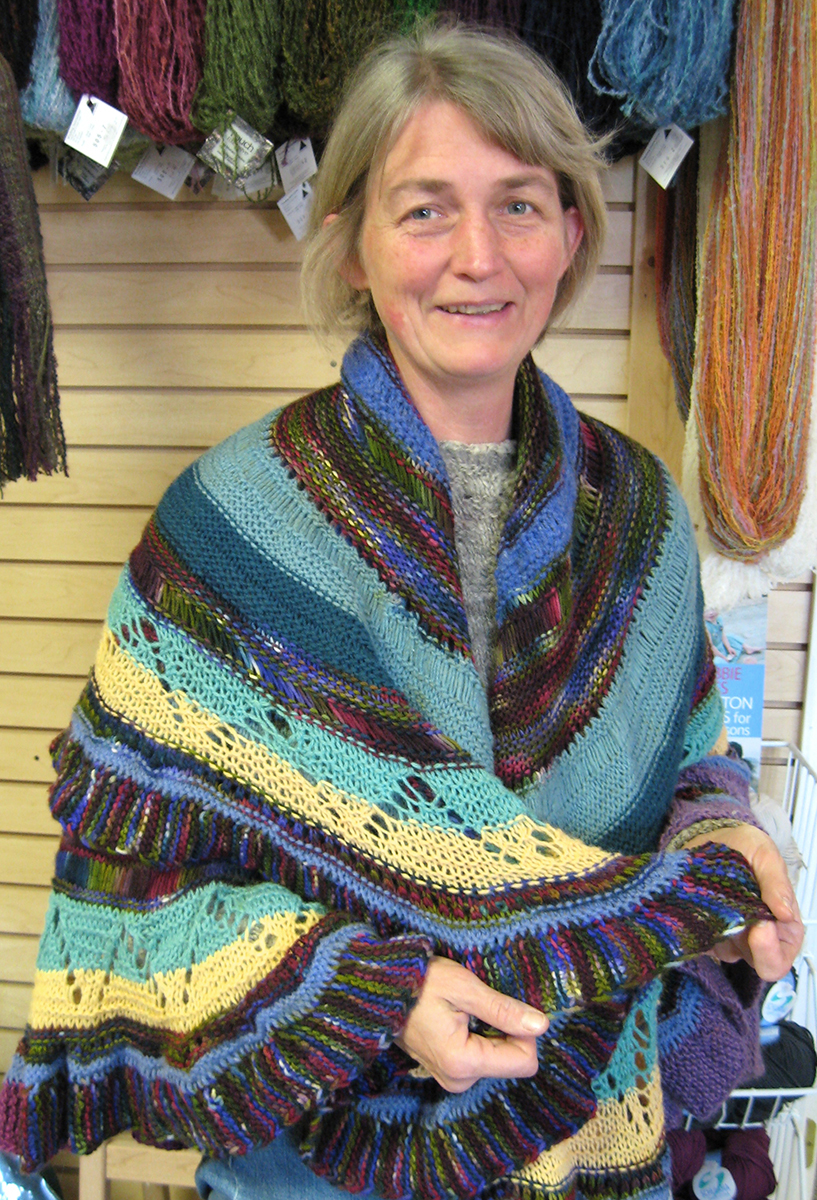
Libby Sheen
Posted at 12:25h, 12 MarchWhat a lovely article and great photos too. I met Martha at a Spin Off retreat which I attended with my sister, (yes, we both spin and knit,) and we kept in touch. I have had the honour and joy to teach spinning and knitting 3 times now and Martha is a big inspiration. Unfortunately I live in the uk, so I don’t come as often as I would like. The folk School is my ‘crafting heaven’ and I hope I can come again.
Karen Rusello
Posted at 10:30h, 14 MarchMartha’s class was such great fun in February. On the car ride home I was already plotting my next visit to the Folk School. SPIN OR DYE!
laura hall
Posted at 22:12h, 15 Marchthat was a sweet interview…the folk school is very fortunate to have such a lovely lady supporting such a great endeavor.